
Liz Kruesi
Liz Kruesi is a freelance science journalist who focuses on astronomy. She is based in Colorado. She has written about astronomy and space since 2005, and received the AAS High-Energy Astrophysics Division science journalism award in 2013. She holds a bachelor’s degree in physics from Lawrence University in Appleton, Wisc.

Trustworthy journalism comes at a price.
Scientists and journalists share a core belief in questioning, observing and verifying to reach the truth. Science News reports on crucial research and discovery across science disciplines. We need your financial support to make it happen – every contribution makes a difference.
All Stories by Liz Kruesi
-
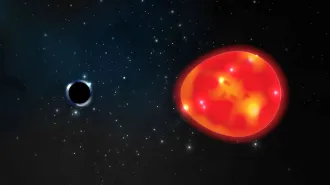 Space
SpaceBinary stars keep masquerading as black holes
The drive to find black holes in ever-larger astronomy datasets is leading some researchers astray.
-
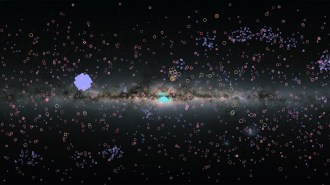 Astronomy
AstronomyNASA’s exoplanet count surges past 5,000
With a new batch of 60 confirmed exoplanets, the number of known worlds in our galaxy reaches another milestone.
-
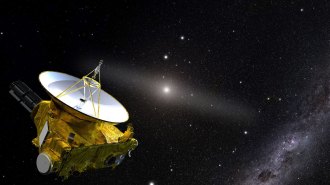 Astronomy
AstronomyThe universe’s background starlight is twice as bright as expected
Images from the New Horizons spacecraft suggest that light from all known galaxies accounts for only half of the cosmos’ visible background glow.
-
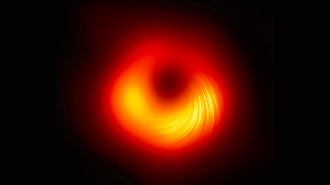 Particle Physics
Particle PhysicsHow light from black holes is narrowing the search for axions
The orientation of light waves from the region around galaxy M87’s central black hole rules out the existence of axions of a certain mass.
-
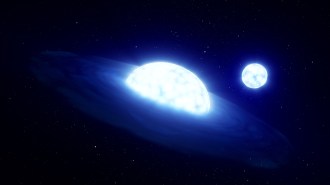 Astronomy
AstronomyEarth’s purported ‘nearest black hole’ isn’t a black hole
A disputed multiple-star system doesn’t have a black hole, as once reported, but is actually a missing piece in binary star evolution.
-
 Space
SpaceHow Russia’s war in Ukraine hinders space research and exploration
A Mars rover, an X-ray telescope and several low-Earth satellites are at risk in response to international sanctions on Russia.
-
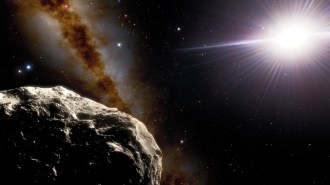 Planetary Science
Planetary ScienceEarth has a second known ‘Trojan asteroid’ that shares its orbit
A recently found space rock is about one kilometer wide, orbits ahead of Earth around the sun and will stick around for at least 4,000 years.
-
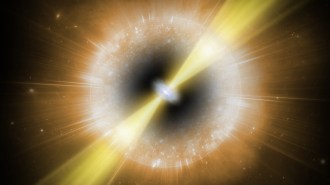 Astronomy
AstronomyAn X-ray glow suggests black holes or neutron stars fuel weird cosmic ‘cows’
With the brightest X-ray glow of a new class of exploding stars, cosmic oddity AT2020mrf boosts evidence of these mysterious blasts’ power source.